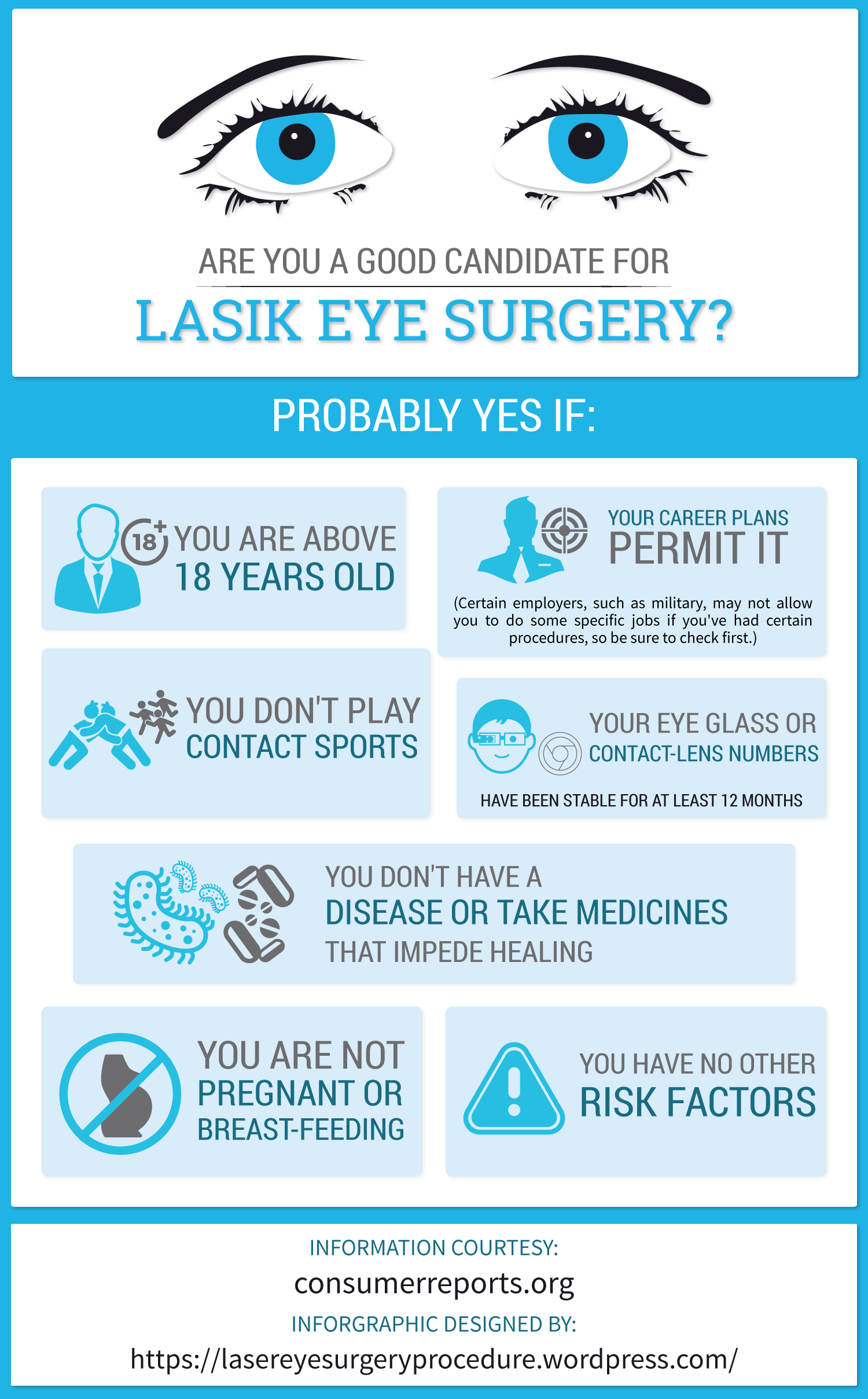discover this -Liu Hussain
When dealing with cataract surgical treatment, you may wonder about the differences in between typical and laser methods. Each technique has its own collection of benefits and drawbacks, impacting your recovery and overall experience. Comprehending these alternatives is crucial for making an educated choice about your eye health. So, what should you think about when choosing the right strategy for your demands? Allow's explore the details better.
Overview of Typical Cataract Surgical Procedure
Standard cataract surgical procedure, frequently referred to as phacoemulsification, is a reputable treatment that properly restores vision by eliminating the gloomy lens of the eye.
During this surgical treatment, your specialist will produce a small cut in your cornea, enabling accessibility to the lens. Using ultrasound waves, they'll separate the over cast lens into tiny fragments, which are then carefully suctioned out.
Once the old lens is removed, a synthetic intraocular lens (IOL) is implanted to restore clear vision. The surgery typically takes less than an hour and is performed under neighborhood anesthesia, minimizing discomfort.
Afterward, you'll likely observe improvements in your vision as your eye heals. You'll need to adhere to post-operative care guidelines to guarantee optimum healing.
Advantages and Downsides of Laser-Assisted Cataract Surgery
While many patients benefit from traditional techniques, laser-assisted cataract surgery provides distinct benefits and some downsides worth considering.
One significant advantage is accuracy; the laser develops accurate lacerations, which can lead to quicker recovery and lowered danger of issues. You could likewise experience less pain throughout the treatment. Additionally, the laser can separate the cataract more effectively, requiring much less power from the surgeon.
Nonetheless, it's important to consider these advantages against potential disadvantages. Laser-assisted surgical treatment usually sets you back greater than traditional methods, and not all insurance coverage intends cover it.
In addition, the technology may not be available in every facility, which could limit your alternatives. Inevitably, you'll wish to talk about these factors with your eye treatment expert to identify the very best method for you.
Recuperation and Aftercare for Cataract Surgical Treatment
After cataract surgical treatment, whether it was executed making use of traditional approaches or laser aid, your recuperation process is necessary for attaining the best feasible vision outcomes.
You must relax for the initial day and prevent arduous tasks. Maintain your eyes protected with sunglasses when outdoors, particularly in bright light.
It's critical to follow your cosmetic surgeon's guidelines regarding eye declines and drugs; these help protect against infection and minimize inflammation.
You could experience light pain or fuzzy vision originally, however this ought to improve over time.
Attend all follow-up consultations to check your healing progression. If you discover sudden pain, raised soreness, or vision modifications, call your physician right away.
Complying with click here will sustain a smooth recuperation and improve your overall outcomes.
Verdict
In conclusion, selecting in between typical and laser-assisted cataract surgical procedure depends upon your particular requirements and situations. While traditional techniques are reputable and efficient, laser techniques use enhanced precision and possibly quicker healing. It's necessary to discuss your choices with your eye care professional to identify which approach fits you ideal. Ultimately, both approaches aim to restore your vision and improve your quality of life, so you can get back to appreciating your day-to-day activities.

